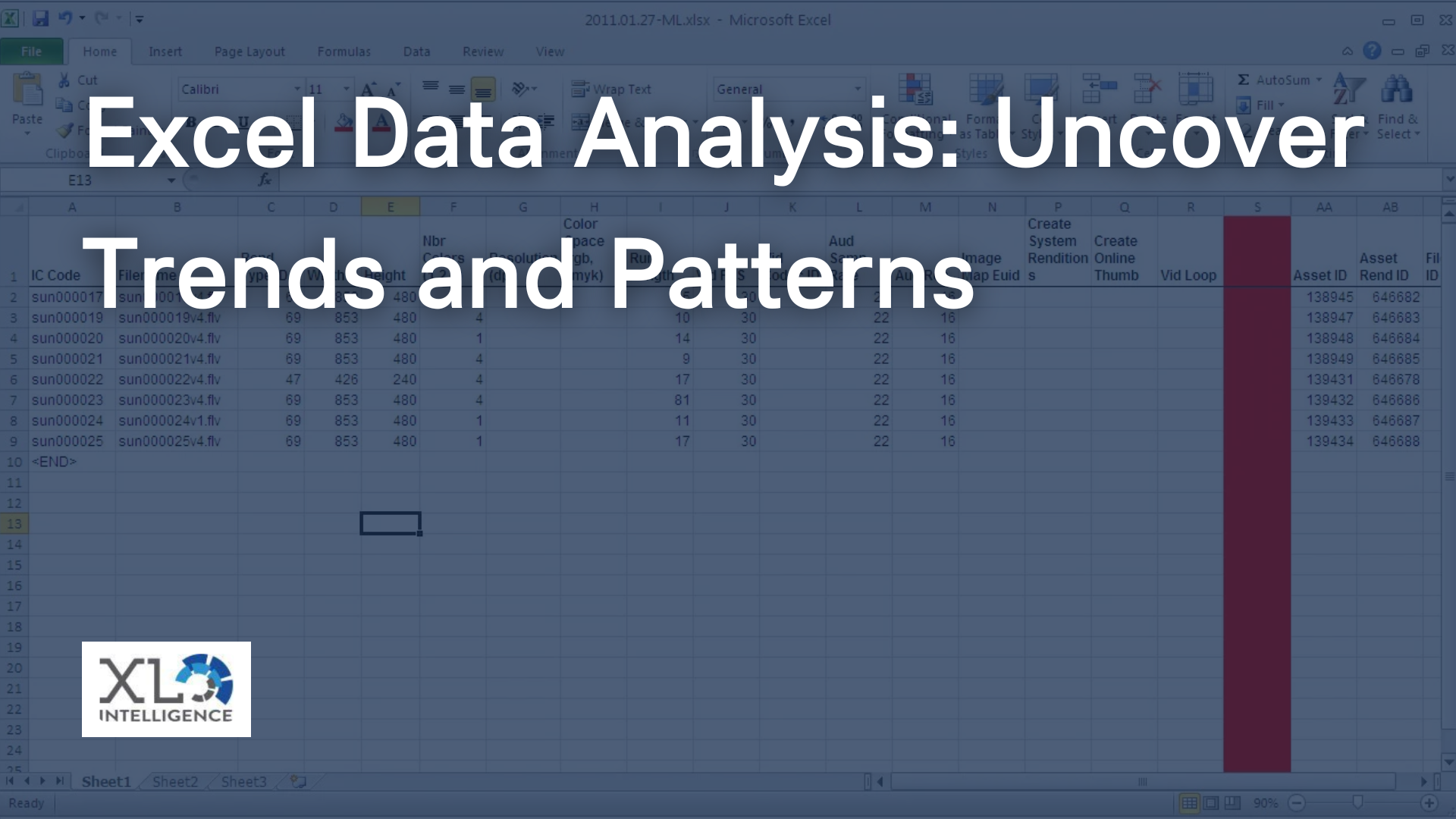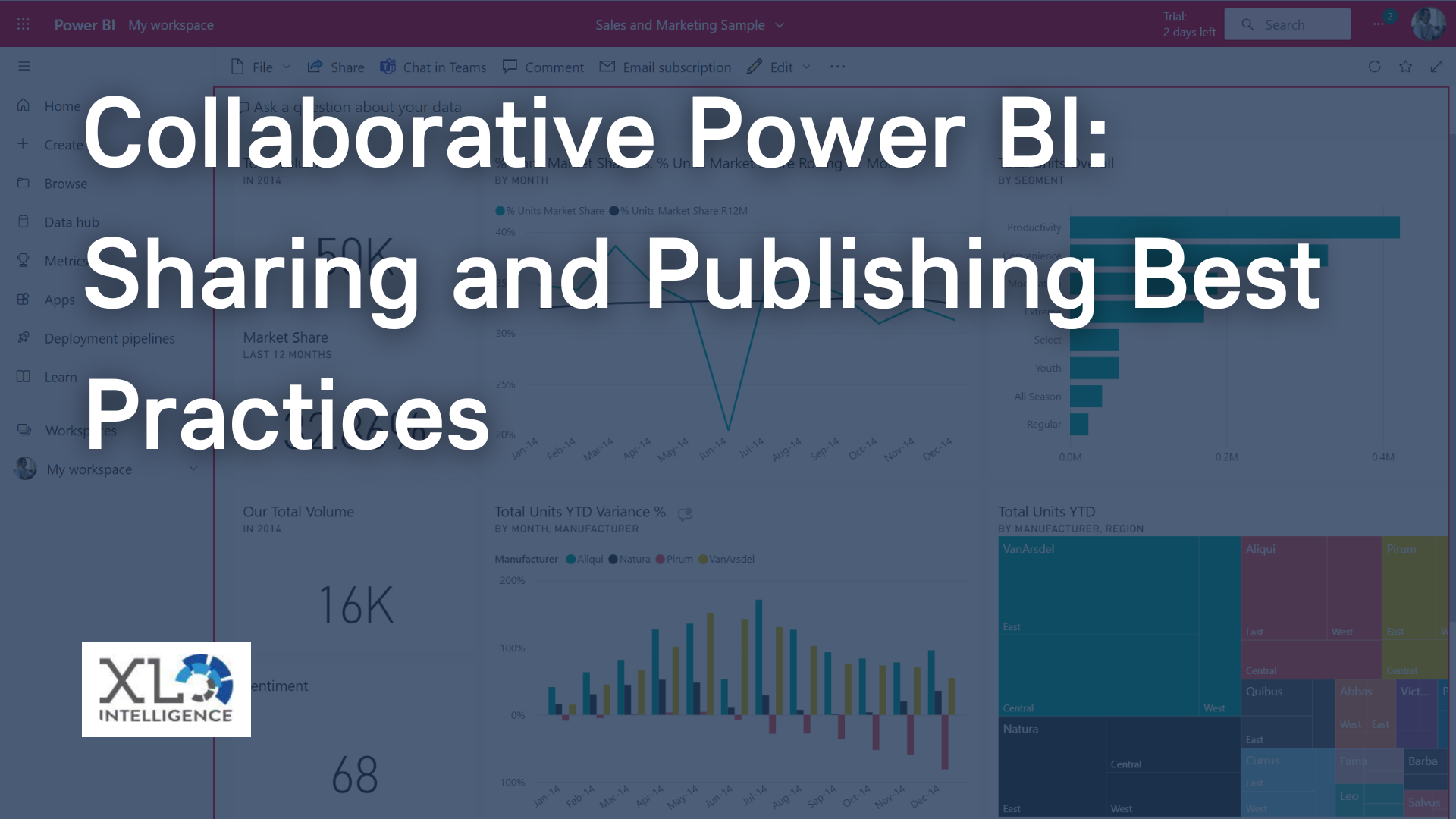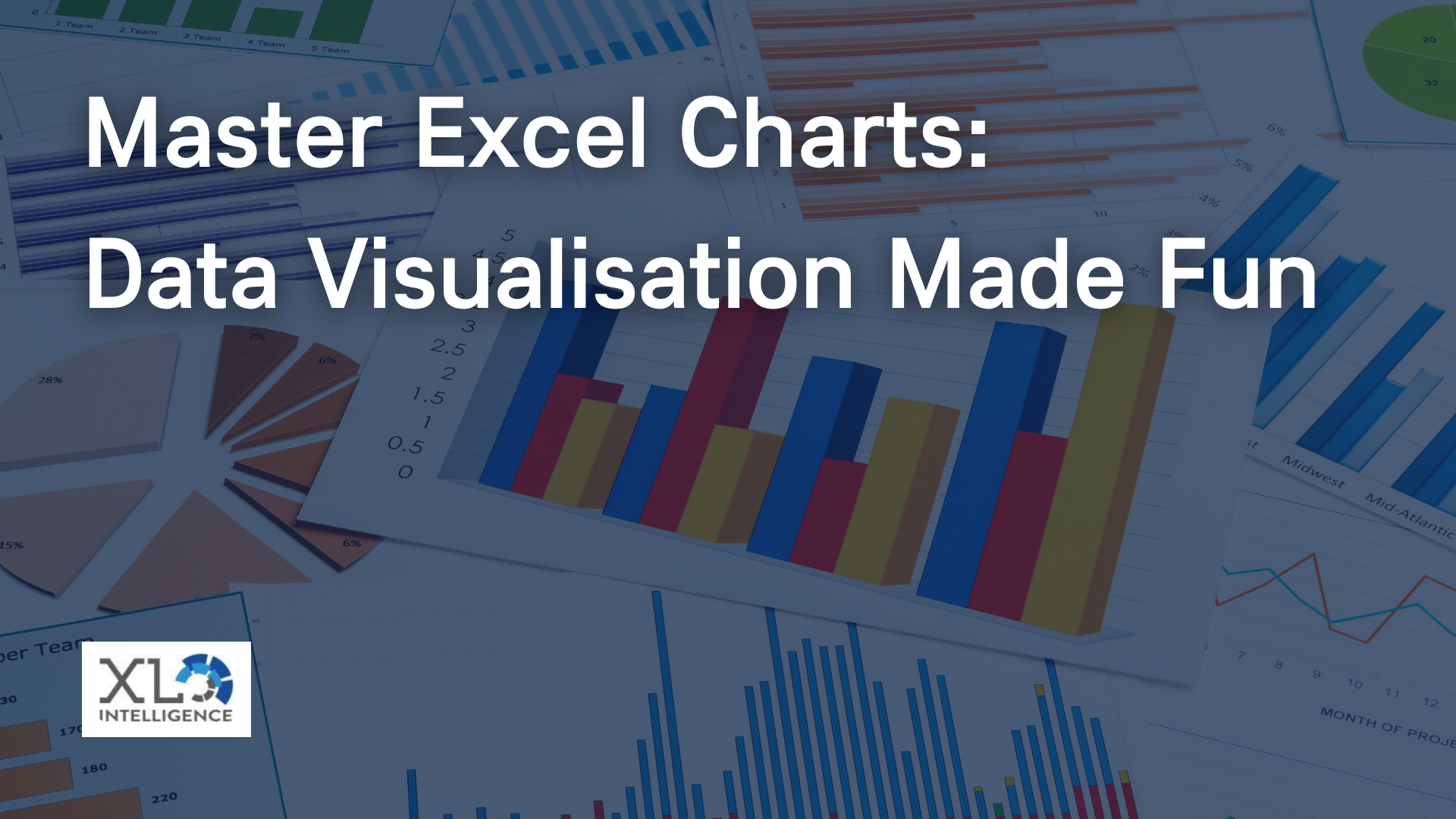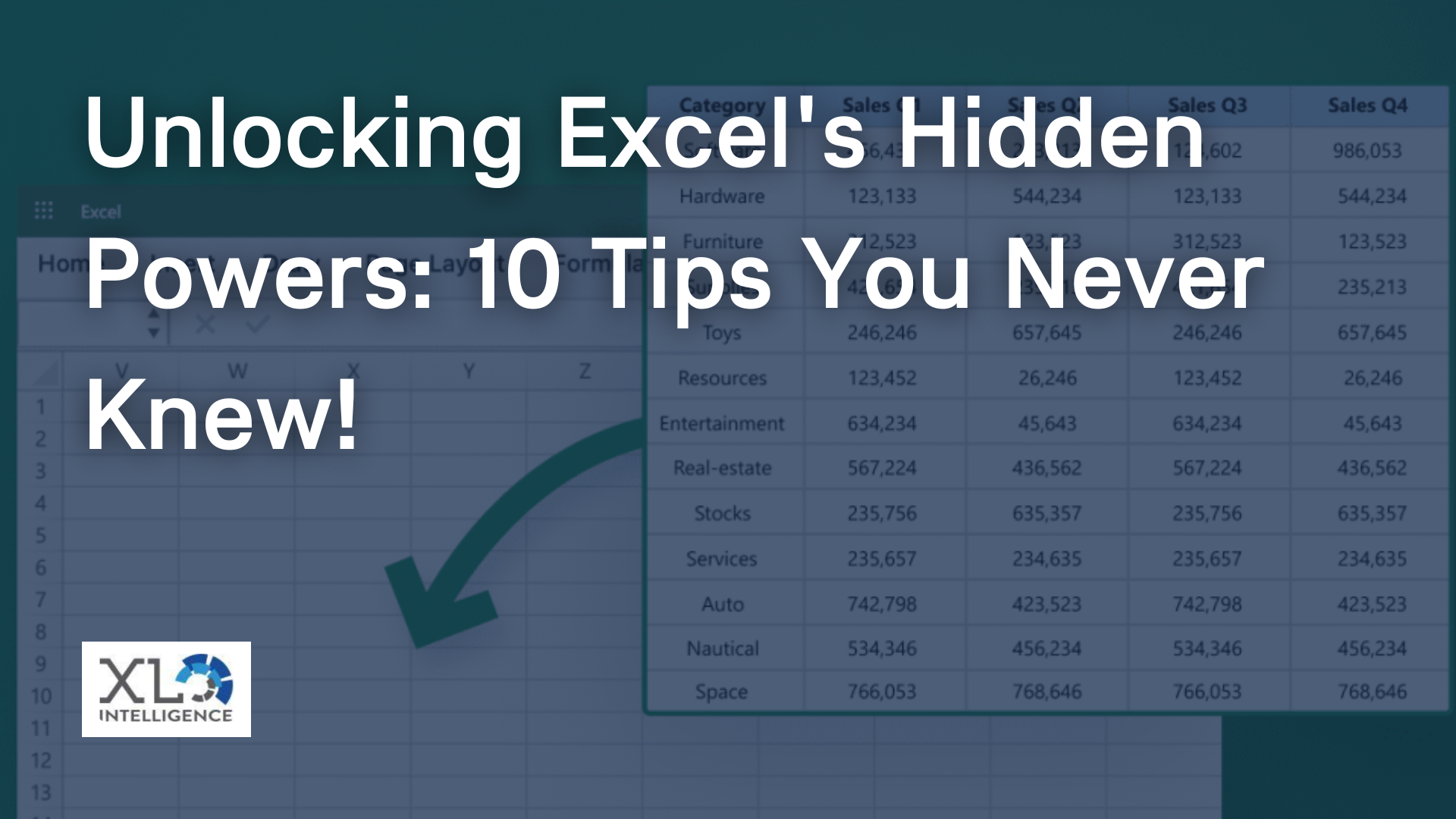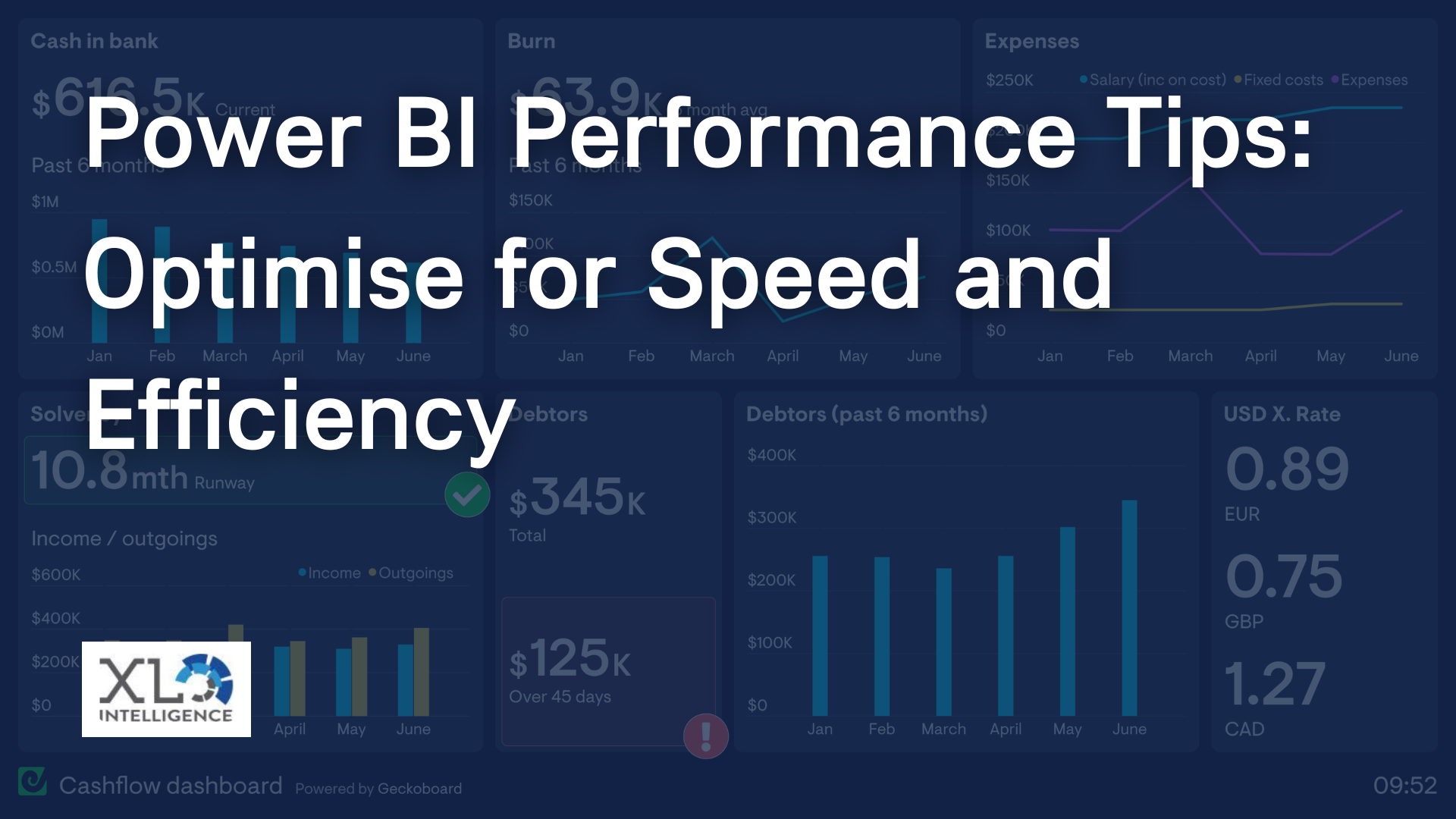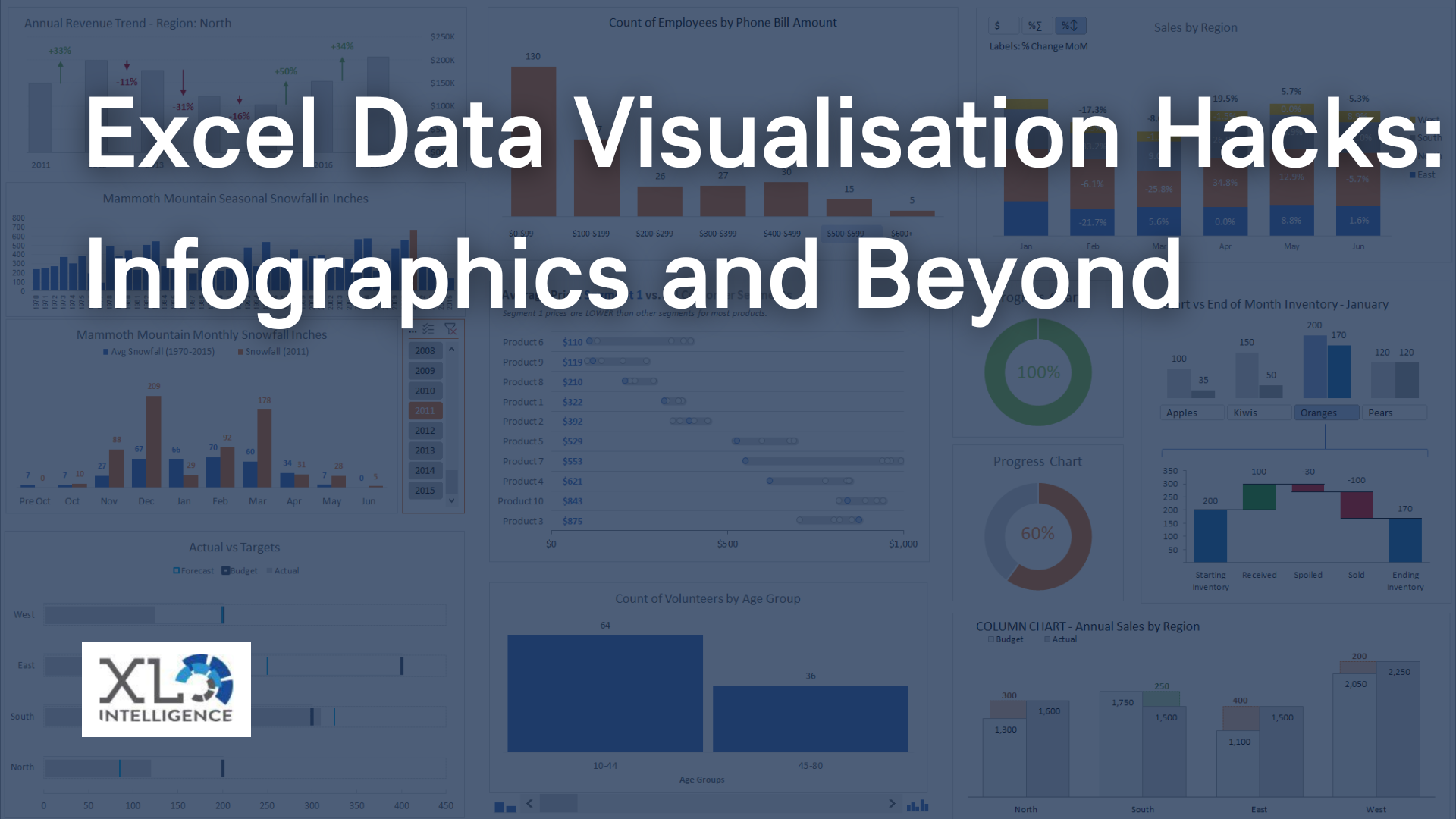Power BI has revolutionised the way organisations handle data analysis and reporting.

With its powerful features and intuitive interface, Power BI has become the go-to tool for business intelligence and data visualisation. In this article, we will take a deep dive into Power BI's advanced capabilities, focusing on data modeling and the use of DAX (Data Analysis Expressions) to unlock its full potential.
Power BI is a comprehensive business intelligence solution developed by Microsoft. It allows users to connect to various data sources, transform raw data into meaningful insights, and create visually appealing reports and dashboards. With its drag-and-drop interface, Power BI makes it easy for users to explore data, identify patterns and make informed decisions.
Importance of Data Modeling in Power BI
Data modeling plays a crucial role in Power BI report development. It involves organising and structuring data in a way that facilitates efficient analysis and reporting. A well-designed data model ensures data integrity, optimal performance and enables users to ask complex business questions.
Understanding DAX (Data Analysis Expressions)
What is DAX?
DAX, short for Data Analysis Expressions, is a formula language used in Power BI to create custom calculations and aggregations. It provides a powerful set of functions and operators that allow users to manipulate data and perform complex calculations. DAX is designed to work with tabular data models and can be used to define measures, calculated columns, and tables.
Key Components of DAX Expressions
DAX expressions consist of functions, operators and values. Functions are predefined operations that perform specific calculations or transformations on data. Operators are used to combine or compare values, and values can be constants, column references or results of other DAX expressions. Understanding these components is essential for leveraging the full capabilities of DAX in Power BI.
Advanced DAX Techniques
CALCULATE Function: The Most Powerful DAX Function
The CALCULATE function is one of the most powerful and versatile functions in DAX. It allows users to modify the context in which a calculation is performed, enabling dynamic filtering and aggregation of data. With the CALCULATE function, you can apply complex conditions, create conditional measures, and perform advanced calculations.
Using Variables in DAX Expressions
Variables in DAX provide a way to store intermediate results and simplify complex calculations. By using variables, you can break down complex expressions into smaller, more manageable parts, making your formulas more readable and maintainable.
Time Intelligence Functions in DAX
Power BI offers a range of built-in time intelligence functions that facilitate analysis over time-based data. These functions allow you to compare data across different time periods, calculate year-to-date totals, determine growth rates and perform other time-related calculations.
Filtering and Aggregating Data with DAX
DAX provides a variety of functions for filtering and aggregating data. You can use these functions to create dynamic filters, perform calculations based on specific conditions and aggregate data at different levels of granularity. Understanding these functions is crucial for advanced data analysis in Power BI.
Best Practices for Data Modeling in Power BI
To maximise the effectiveness of your Power BI reports, it's important to follow best practices for data modeling. Here are some key considerations:
Choosing the Right Data Model
Selecting the appropriate data model for your analysis is critical. Power BI supports both star schema and snowflake schema designs. Understanding the differences between these models and choosing the one that aligns with your data structure and analytical requirements is essential.
Designing Relationships between Tables
Establishing proper relationships between tables is fundamental for accurate data analysis in Power BI. By defining relationships, you enable Power BI to combine and analyse data from multiple tables. Careful consideration should be given to cardinality, cross-filtering and bidirectional filtering when designing relationships
.
Implementing Measures and Calculated Columns
Measures and calculated columns are essential for performing calculations and aggregations in Power BI. Measures are calculations based on the data in your model and are typically used in visualisations. Calculated columns, on the other hand, are created based on existing columns in a table and can be used for filtering and grouping data.
Handling Large Datasets
Power BI is capable of handling large datasets, but proper optimisation techniques should be employed to ensure optimal performance. Techniques such as data partitioning, data compression, and selective data loading can significantly improve query performance.
Optimising Performance
To ensure optimal performance, it's important to regularly monitor and optimise your Power BI reports. Techniques such as aggregating data at higher levels, reducing the number of visuals on a page, and using query folding can help improve the overall performance of your reports.
Deep Dive into Power BI Modeling
In this section, we will delve deeper into Power BI modeling techniques to enhance your understanding and proficiency. We will explore topics such as star schema and snowflake schema, managing relationships, implementing hierarchies, and handling slowly changing dimensions.
Understanding Star Schema and Snowflake Schema
The star schema and snowflake schema are two commonly used data modeling techniques in Power BI. The star schema consists of a central fact table surrounded by dimension tables, while the snowflake schema further normalises dimension tables by splitting them into multiple levels. Understanding the advantages and considerations of each schema is essential for effective modeling.
Creating and Managing Relationships
Power BI allows you to establish relationships between tables using common fields. We will explore different types of relationships, such as one-to-many, many-to-one, and many-to-many, and discuss the implications and best practices associated with each type.
Implementing Hierarchies and Drill-Down Functionality
Hierarchies in Power BI allow users to navigate and analyse data at different levels of granularity. We will explore how to create hierarchies, define their levels, and enable drill-down functionality to provide users with interactive exploration capabilities.
Handling Slowly Changing Dimensions
Slowly changing dimensions refer to situations where the attributes of a dimension change over time. We will discuss strategies for handling slowly changing dimensions in Power BI, including type 1, type 2 and type 3 dimension handling techniques.
Common Challenges in Power BI Modeling and DAX
While Power BI is a robust tool, there are some common challenges that users may encounter when working with complex data models and DAX expressions. Understanding and addressing these challenges is crucial for successful report development.
Circular Dependencies
Circular dependencies occur when there is a loop in the relationships between tables. This can lead to incorrect calculations and unexpected results. We will explore techniques to identify and resolve circular dependencies in Power BI.
Ambiguous Relationships
Ambiguous relationships occur when there are multiple paths between tables, leading to confusion in data analysis. We will discuss strategies to clarify relationships and ensure accurate results.
Handling Many-to-Many Relationships
Many-to-many relationships present a challenge in Power BI modeling. We will explore techniques such as bridge tables and bidirectional filtering to handle many-to-many relationships and perform accurate calculations.
Dealing with Time-Based Data
Time-based data analysis often involves complex calculations and comparisons. We will discuss techniques for handling time-based data in Power BI, including using time intelligence functions, creating custom date tables and implementing relative date filtering.
Advanced Visualisation Techniques in Power BI
Power BI offers a wide range of visualisation options to present data in a visually appealing and insightful manner. In this section, we will explore advanced visualisation techniques to enhance the impact of your reports.
Utilising Advanced Chart Types
Power BI supports various chart types beyond the basic bar and line charts. We will explore advanced chart types such as scatter plots, treemaps, funnel charts and custom visuals to convey information effectively.
Conditional Formatting and Data Bars
Conditional formatting allows you to highlight data based on specific conditions. We will discuss how to apply conditional formatting to tables, matrices and visualisations to emphasise patterns and trends in your data. Additionally, we will explore the use of data bars to represent values visually within a table or matrix.
Interactive Slicers and Filters
Slicers and filters are essential components for interactivity in Power BI reports. We will explore techniques to create interactive slicers and filters that enable users to drill down into data, slice and dice information and gain insights.
Drill-Through and Drill-Down Functionality
Drill-through and drill-down functionality allows users to navigate from summary-level information to detailed data. We will discuss how to set up drill-through actions and drill-down hierarchies to enable users to explore data at different levels of granularity.
Performance Optimisation Techniques
Optimising the performance of your Power BI reports is crucial for a smooth and responsive user experience. In this section, we will explore techniques to enhance performance and address common performance-related challenges.
Data Loading and Query Performance
Efficient data loading and query performance are critical for fast report rendering. We will discuss techniques such as data shaping, data reduction and query folding to improve data loading and query execution time.
Partitioning and Aggregating Data
Partitioning data allows you to split large datasets into smaller, more manageable chunks, improving query performance. We will explore techniques for data partitioning and aggregation to optimise performance when dealing with large datasets.
Caching and Refresh Strategies
Caching data and optimising data refresh strategies can significantly improve performance. We will discuss techniques for caching data, leveraging incremental refresh and setting up appropriate refresh schedules to ensure up-to-date and responsive reports.
Monitoring and Troubleshooting Performance
Monitoring the performance of your Power BI reports is essential to identify bottlenecks and optimise performance. We will explore techniques and tools for monitoring report performance, identifying performance issues, and troubleshooting common performance-related problems.
Case Studies and Real-World Examples
To illustrate the practical application of advanced Power BI modeling and DAX techniques, we will present case studies and real-world examples. These examples will showcase how organisations have utilised Power BI to solve complex data analysis challenges and derive valuable insights.
Power BI offers powerful capabilities for data modeling and analysis. By deep diving into advanced DAX techniques, effective data modeling strategies, advanced visualisation techniques, and performance optimisation techniques, you can unlock the full potential of Power BI and create impactful reports and dashboards.
Click HERE to see how we can help with your training and consultancy needs.
Get in Touch
We will get back to you as soon as possible.
Please try again later.
We specialise in Advanced Excel training, Dashboard development, Data Analysis, Power BI and VBA. We also provide training with, both standard and customised courses to suit your organisation’s needs.
Quick Links
Address
2, 26 Linden Gardens London W2 4ES
Phone
07737 707 548
by SEO Local Services | All Rights Reserved | XLIntelligence





